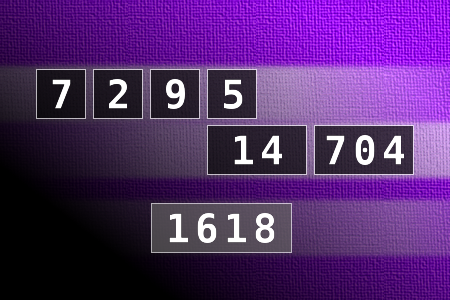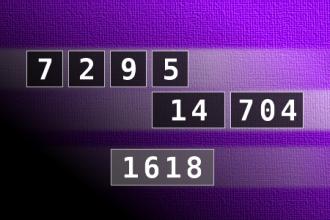Calculate the number 1618
NUMBERMANIA: Calculate the number 1618 using numbers [7, 2, 9, 5, 14, 704] and basic arithmetic operations (+, -, *, /). Each of the numbers can be used only once.Correct answers: 9
The first user who solved this task is Nílton Corrêa de Sousa.
#brainteasers #math #numbermania


